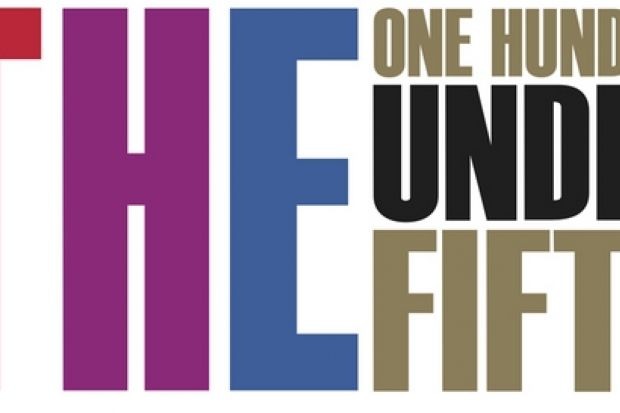The Times Higher Education 100 Under 50 will – as its name suggests – rank the world’s top 100 universities under the age of 50.
The table and analysis will be published online and as a special supplement to the magazine on 31 May, 2012.
The vast majority of the world’s top research-led universities have at least one thing in common: they are old.
Building upon centuries of scholarly tradition, institutions such as the University of Oxford, which can trace its origins back to 1096, can draw on endowment income generated over many years and have been able to cultivate rich networks of loyal and successful alumni (including in Oxford’s case a string of British Prime Ministers) to help build enduring brands.
Such advantages are reflected in the overwhelming dominance of older universities in the Times Higher Education World University Rankings.
But the focus of the THE 100 Under 50 is not on the traditional elites.
The analysis is about a new breed of global universities – those that have already managed to join the world’s top table in a matter of years, not centuries, and others showing great promise - institutions that could reach the top, in time.
In a February 2012 article for the US website Inside Higher Ed, Daniel Lincoln, a visiting scholar at the Centre for International Higher Education, Boston College, painted a memorable image.
“Picture the year 1640,” he wrote. “You are an educated, upper-class Englishman, having a hearty laugh with your mates in London at the news that those religious fanatics in the colonies have now ‘founded their own university’ in Boston, led by the benefaction for a certain John Harvard – priceless!
“A few generations later, I’m guessing no one was laughing”.
Lincoln employed his image to argue against annual university rankings, on the grounds that “excellence, like all things of abiding value, is a marathon, not a sprint”. But his amusing illustration also demonstrates how established elites can be challenged by those who may at the time be dismissed as mere upstarts.
We have seen this time and again, notably with the 1960s “plate glass” universities in the UK which now rub shoulders with (and often surpass) the Victorian civic universities. We are seeing it again with a number of institutions founded in the 1980s and 1990s, notably in Asia with a focus on science and technology, backed by abundant resources and serious political will.
Even Lincoln acknowledged that “the processes of growth have accelerated enormously” since the time Harvard challenged the ancients.
The 2012 THE 100 Under 50 will draw on the same comprehensive range of 13 performance indicators used to compile the THE World University Rankings but will only rank those founded in 1962 or later.
The indicators, all developed and provided by Thomson Reuters, will be carefully recalibrated to reflect the profile of younger institutions.
The report will show us which nations are challenging the US and UK as the next higher education powerhouses. It will give us a unique insight into who the future Harvard and Cambridge universities may be.
The THE 100 Under 50 showcases a new generation of global universities and offers a tantalising and invaluable glimpse into the future. Don’t miss it.
Register to continue
Why register?
- Registration is free and only takes a moment
- Once registered, you can read 3 articles a month
- Sign up for our newsletter
Subscribe
Or subscribe for unlimited access to:
- Unlimited access to news, views, insights & reviews
- Digital editions
- Digital access to THE’s university and college rankings analysis
Already registered or a current subscriber? Login
